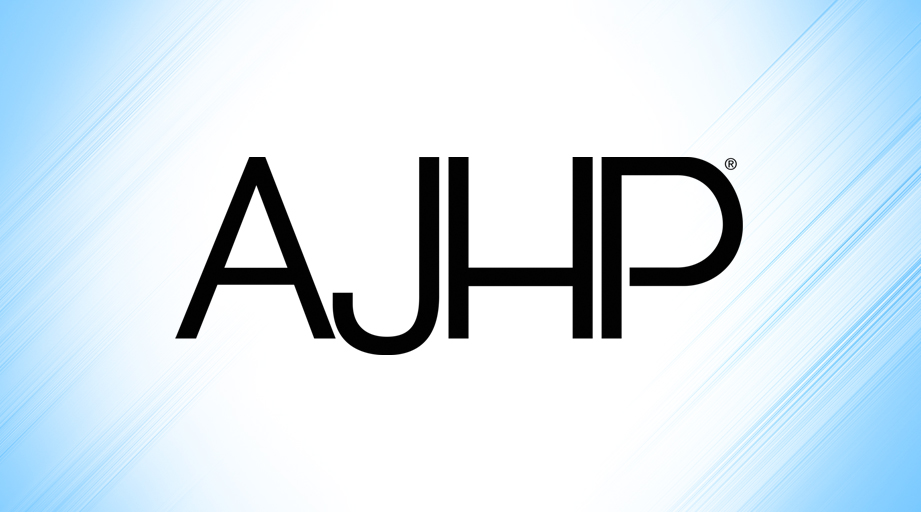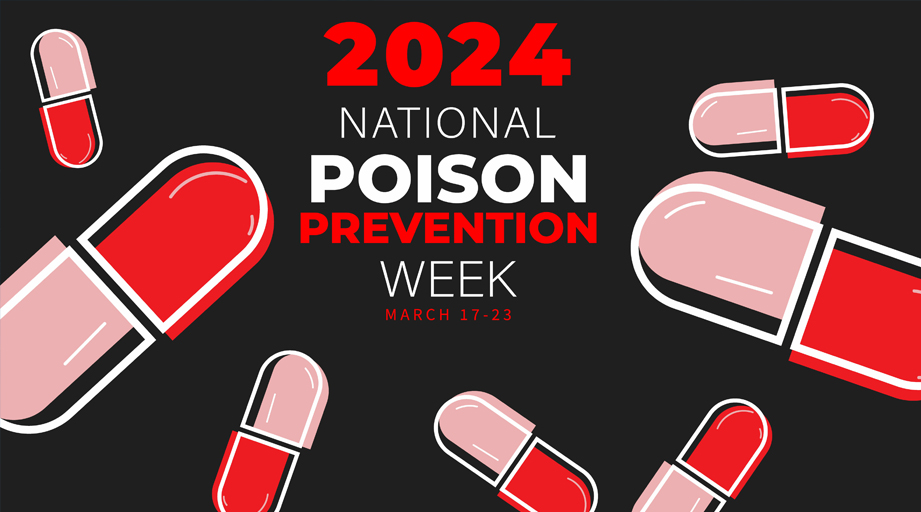
A recent change in the way insurers manage drug copayment coupons pits manufacturers against payers—but it’s frontline pharmacy staff who must break the news to patients when the end result is higher costs for their medications.
Patients may use copayment coupons—which are issued by drug companies—to pay for medications that might otherwise be unaffordable, said Elba Sertuche, lead pharmacy technician for ambulatory care specialty pharmacy services at University of Illinois Hospital and Health Sciences System (UI Health) in Chicago.
Sertuche said the coupons have traditionally acted as cash at the pharmacy counter to cover some or all of the patient’s copayments, coinsurance, or annual deductible.
She said that system changed this year, after drug plan sponsors expanded the use of so-called copayment accumulator programs. Through these programs, drug plan sponsors are able to identify, during the adjudication process, the portion of the coupon that counts toward patients’ out-of-pocket costs.
Sertuche first became aware of the change when patients started coming to the pharmacy with the value of their copay coupons loaded onto something that looks like a credit card.
“The patient has to apply for the credit card for the medication to get the copay assistance. When they do that, they’re asked for their insurance information,” Sertuche said. That information, she said, is embedded in the credit card–like copayment coupons.
When the pharmacy processes the claim, the copayment is debited from the card. But the patient may need to pay the full remaining balance—including the annual deductible, which the copayment coupons previously covered.
The policy change may be mentioned in the explanation of benefits from the patient’s insurer. But Sertuche said patients often don’t understand the implications of the new policy, even if they have read their plan’s documentation.
“They don’t really find out about it until they’re interacting with their specialty pharmacy technician to get a prescription filled,” Sertuche said. When patients are told what the medication will cost them, she said, “they kind of look at you like you don’t know what you’re doing.”
In some cases, small increases in what the patient owes for medications can make them unaffordable.
Sertuche said one patient who previously used a copayment coupon to cover her multiple sclerosis treatment said she couldn’t pay the $46-per-month increased cost on her fixed income.
“Even though she does have commercial insurance, she just flat out said, ‘I can’t afford it,’” Sertuche said. She said the health system is devising a payment plan so that the patient can continue to receive the medication.
Another patient had a $40,000 annual deductible for medications and could no longer use copayment coupons to defray some of that cost, she said.
UnitedHealthcare, during a presentation explaining the insurer’s copayment accumulator program for 2018, described a hypothetical example of how the programs can shift cost sharing among patients, insurers, and drug companies. The example uses a copayment coupon worth up to $12,000 annually for a medication that costs $3,000 per month at a pharmacy.
Without the accumulator program, a patient with a $3,000 deductible, a $6,000 annual out-of-pocket maximum, and 20% coinsurance could use the copayment coupon and pay nothing for the drug over the course of the year.
In this scenario, the coupon fully covers the patient’s $3,000 deductible during the first month plus each month’s coinsurance—$600 per month—for the next 5 months, until the patient’s out-of-pocket maximum is reached. At that point, the insurer has paid 80% of the drug’s cost, or $12,000, and will pay $3,000 per month, or $18,000, for the remainder of the year. The total annual bill for the insurer is $30,000, and the drug company’s share is $6,000, paid through the coupon.
When a copayment accumulator program is in place, the same patient pays the $6,000 deductible and coinsurance over the course of the year, the drug company contributes $12,000 through the coupon, and the insurer pays the remaining $18,000 for the medication.
The Pharmaceutical Research and Manufacturers of America launched an advertising campaign in March maligning copayment accumulators as a scheme that benefits insurers at the expense of patients.
A representative of Express Scripts, which offers drug plans that include a copayment accumulator, derided copayment coupons as “a tactic deployed by drugmakers to help protect market share in a therapy class that has competition.”
The representative explained that copayment accumulator programs are meant to help the drug benefit work as intended and to encourage patients to make prudent choices about medication therapy.
“If a patient uses drugmaker-funded copay cards, they advance through their deductible and [out-of-pocket maximum] quickly without having that ‘skin in the game,’ and therefore may not be incented to be a good steward of their benefit in the full coverage phase of their benefit,” she stated.
According to Express Scripts, copayment cards for brand-name products decrease the use of generics and, ultimately, raise costs for all beneficiaries.
But a report released in February by health policy researchers at the University of Southern California examined copayment coupon status for the 200 highest-expenditure drugs in 2014 and concluded that most copayment coupons “are not affecting generic substitution.”
According to the report, copayment coupons were available for 90 brand-name products but no generics that year. Among products with coupons, 21% had a generic equivalent, and 28% had no generic equivalent but at least 1 generic product that was deemed a close therapeutic alternative. But 12% of the 90 products had no generic or therapeutic alternative, and 39% had a single-source brand-name product rather than a generic drug as the only available therapeutic alternative.
The Express Scripts representative acknowledged that copayment coupons provide important assistance to patients with complex chronic conditions and no generic-product treatment options. But she said these patients, like all beneficiaries, are personally responsible for meeting their annual deductible and out-of-pocket spending limits.
Jo Ann Stubbings, associate director of specialty pharmacy services for UI Health, said patients with high-deductible prescription plans and those with cancer or other chronic conditions that require specialty drugs are most strongly affected by copayment accumulator programs.
She said she’s concerned that such patients, as their cost of therapy increases, will stop taking their necessary medications.
“It’s really tough for people,” Stubbings said of the new restrictions on copayment coupons. “It’s a way for insurance companies to transfer part of the cost to the consumer. But the consumer isn’t an endless source of money.”
The Express Scripts representative stated that the company doesn’t want patients to stop taking their medications because they are too costly and is working to better inform patients about how accumulator programs work. For 2019, she said, the company “will look at alternative payment structures, when possible, to help the patient stay on therapy affordably.”
Joseph Hill, director of ASHP’s Government Relations Division, said ASHP is gathering input from members about copayment accumulator programs and how they affect patient care.
David Chen, senior director of ASHP’s Section of Pharmacy Practice Managers, added that “there is concern these copay accumulators may be increasingly utilized by payers and impact adherence to medication regimens that are complex and costly for patients.”
[This news story appears in the October 1, 2018, issue of AJHP.]









